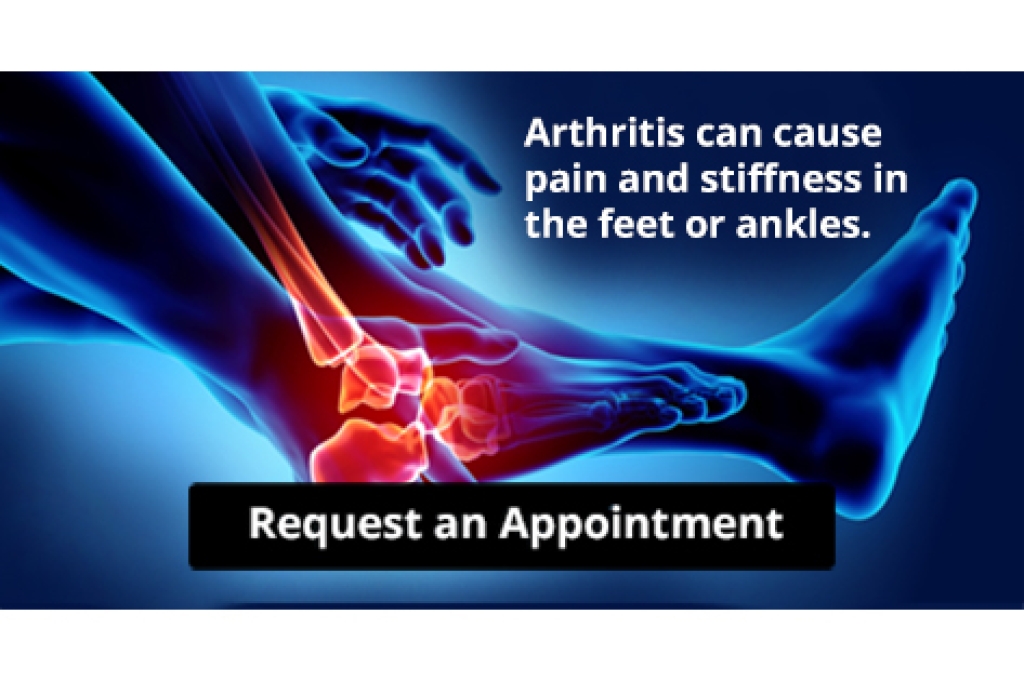 Research has indicated that it is incredibly important to wear shoes that fit your feet correctly. This may be helpful in preventing unwanted foot conditions from developing that can include hammertoes, bunions, and blisters. There are several methods that can be implemented to obtain an accurate measurement. Your foot can be traced on a large piece of paper while wearing socks that are normally worn, along with a pair of shoes you typically wear. Brannock devices are typically found in shoe stores, and can be effective in determining the correct shoe size. When running shoes are purchased, it is important to ensure that there is adequate room for the toes to move freely in. Your feet may change size if weight is gained, or if a foot injury has occurred, which is why it’s beneficial to have a current measurement taken. If you would like to have a podiatrist properly measure your feet, it is suggested that you schedule an appointment.
Research has indicated that it is incredibly important to wear shoes that fit your feet correctly. This may be helpful in preventing unwanted foot conditions from developing that can include hammertoes, bunions, and blisters. There are several methods that can be implemented to obtain an accurate measurement. Your foot can be traced on a large piece of paper while wearing socks that are normally worn, along with a pair of shoes you typically wear. Brannock devices are typically found in shoe stores, and can be effective in determining the correct shoe size. When running shoes are purchased, it is important to ensure that there is adequate room for the toes to move freely in. Your feet may change size if weight is gained, or if a foot injury has occurred, which is why it’s beneficial to have a current measurement taken. If you would like to have a podiatrist properly measure your feet, it is suggested that you schedule an appointment.
It is important to find shoes that fit you properly in order to avoid a variety of different foot problems. For more information about treatment, contact one of our podiatrists from Westside Podiatry Center, LLP. Our doctors will treat your foot and ankle needs.
Proper Shoe Fitting
Shoes have many different functions. They cushion our body weight, protect our feet, and allow us to safely play sports. You should always make sure that the shoes you wear fit you properly in order to avoid injuries and deformities such as: bunions, corns, calluses, hammertoes, plantar fasciitis, stress fractures, and more. It is important to note that although a certain pair of shoes might be a great fit for someone else, that doesn’t mean they will be a great fit for you. This is why you should always try on shoes before buying them to make sure they are worth the investment. Typically, shoes need to be replaced ever six months to one year of regular use.
Tips for Proper Shoe Fitting
- Select a shoe that is shaped like your foot
- Don’t buy shoes that fit too tight, expecting them to stretch to fit
- Make sure there is enough space (3/8” to ½”) for your longest toe at the end of each shoe when you are standing up
- Walk in the shoes to make sure they fit and feel right
- Don’t select shoes by the size marked inside the shoe, but by how the shoe fits your foot
The shoes you buy should always feel as good as they look. Shoes that fit properly will last longer, feel better, and improve your way of life each day.
If you have any questions please contact one of our offices located in Liverpool, Camillus, Skaneateles, Oswego, and Cicero, NY . We offer the newest diagnostic and treatment technologies for all your foot and ankle needs.



 Cracked heels
Cracked heels